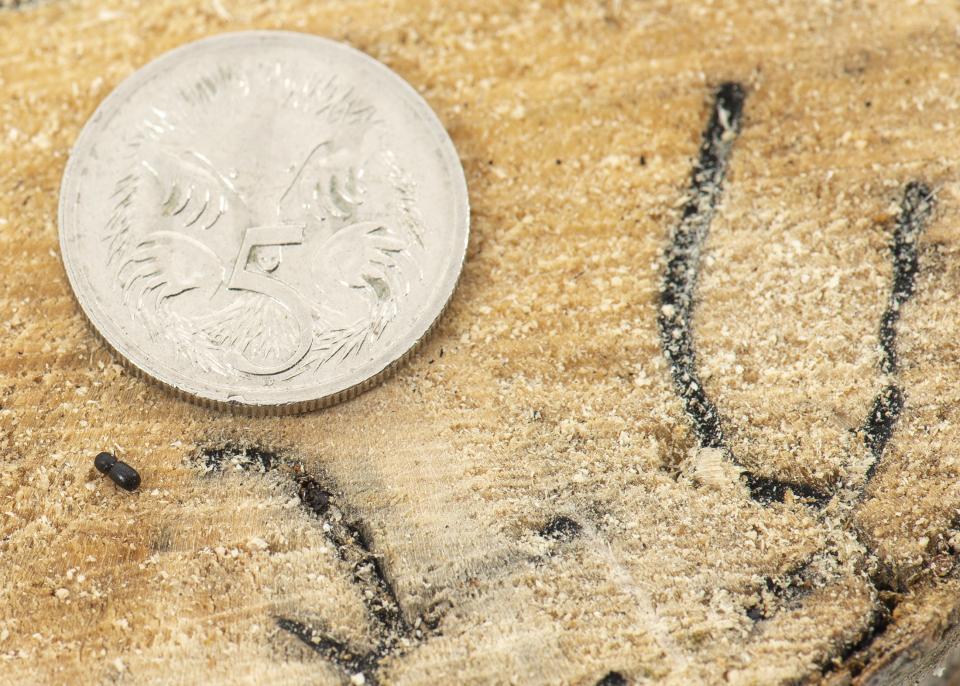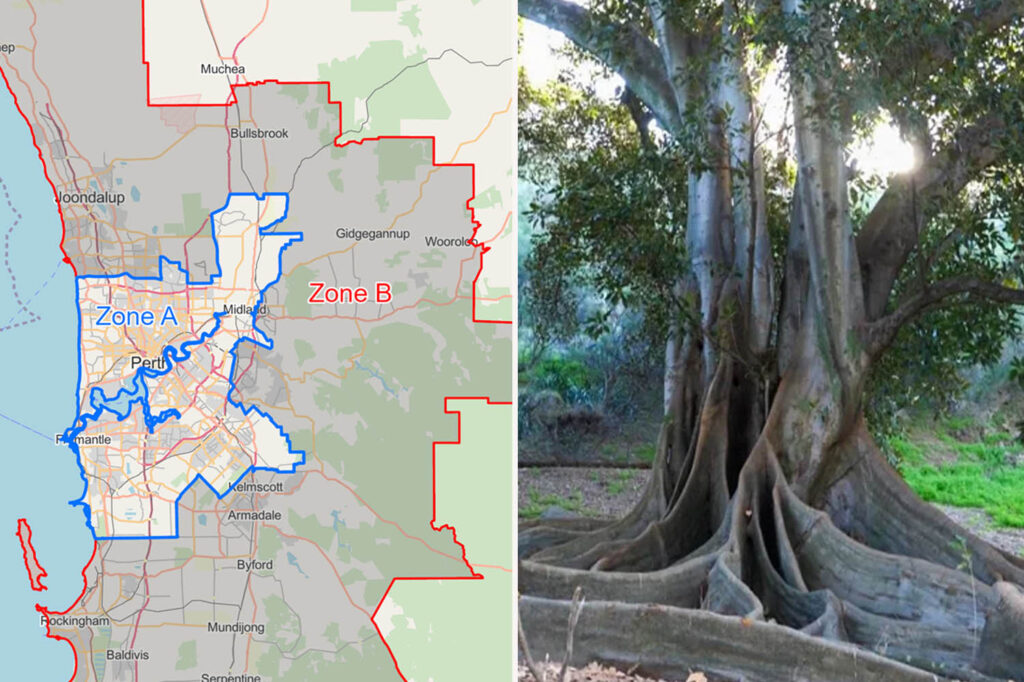In response to the threat of an invasive pest that could cause billions of dollars worth of damage, a quarantine zone was expanded around Perth, Australia’s capital city.
This region now falls under the buffer zone that’s designed to protect the rest of the state from the polyphagous shot-holes.
The Asian borers were originally introduced to the US and Israel from southeast Asia.
They have since spread to various other countries, including South Africa, which has reportedly suffered over $28 billion worth of damage.

The tree-killing insects work together with a fungus to prevent water and sap from flowing to the leaves and roots.
It’s feared that the Asian borers could destroy entire ecosystems in Australia, which could include the country’s agricultural crops and native forests.
After the discovery of the invasive insect in Perth in 2021, authorities began cutting down trees in the area.
However, experts noted that this method could only be effective if the weather conditions are favorable.
Over 30 local government areas were affected by the quarantine. It has been divided into two, and residents are required to follow different rules.
Zone A is made up of areas where there’s a high concentration of the beetles. It also prohibits the movement of all types of plants and other gardening equipment.
Residents within Zone B are only required to follow the same restrictions as those residing in Zone A. But, they’re allowed to transport plant and wood products back to Zone A.
The quarantine has affected over 30 local government areas, and the city has been divided into two.
Those residing in Zone A have to follow strict rules when it comes to moving plants, equipment, and wood out of the region. Zone B is a buffer zone that’s around areas with fewer Asian borers.
This allows residents to transport plant and wood products back to Zone A. Australia’s Department of Agriculture and Biosecurity warned that the country could be in for more invasive pests due to climate change.
Several fungal species and diseases that are still not yet established in the mainland are expected to cause problems.
Although the country has a reputation for having effective quarantine laws, it seems that they are failing. An outbreak of varroa mites in NSW could threaten the honey production of the country.
Authorities were unable to prevent the spread of an invasive fire ant species, which originated in Queensland and has since reached NSW and the Murray-Darling Basin.

